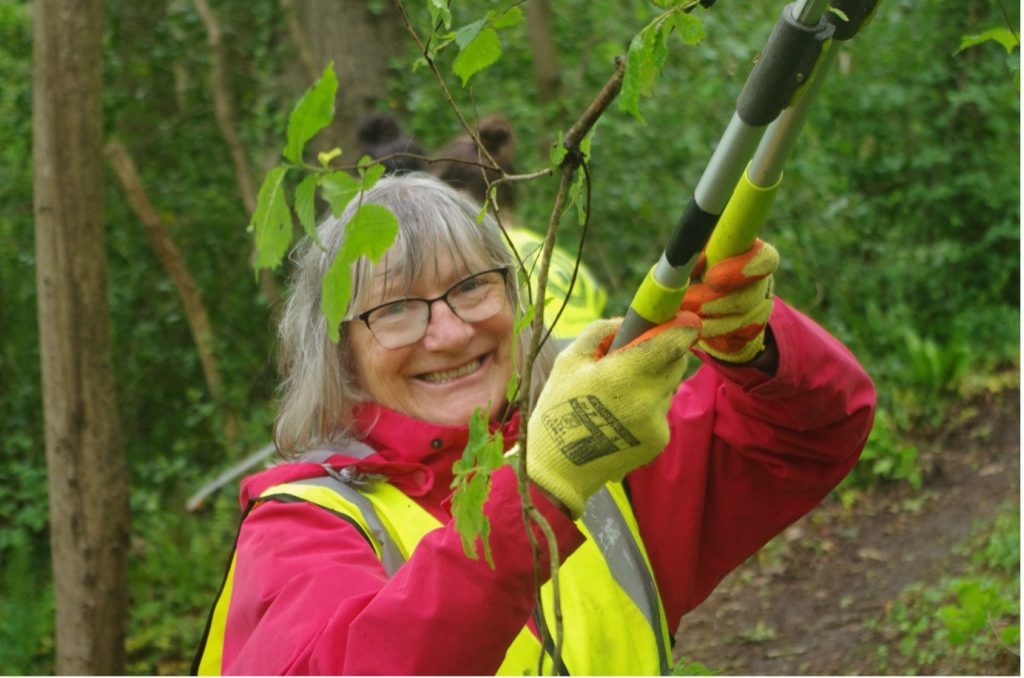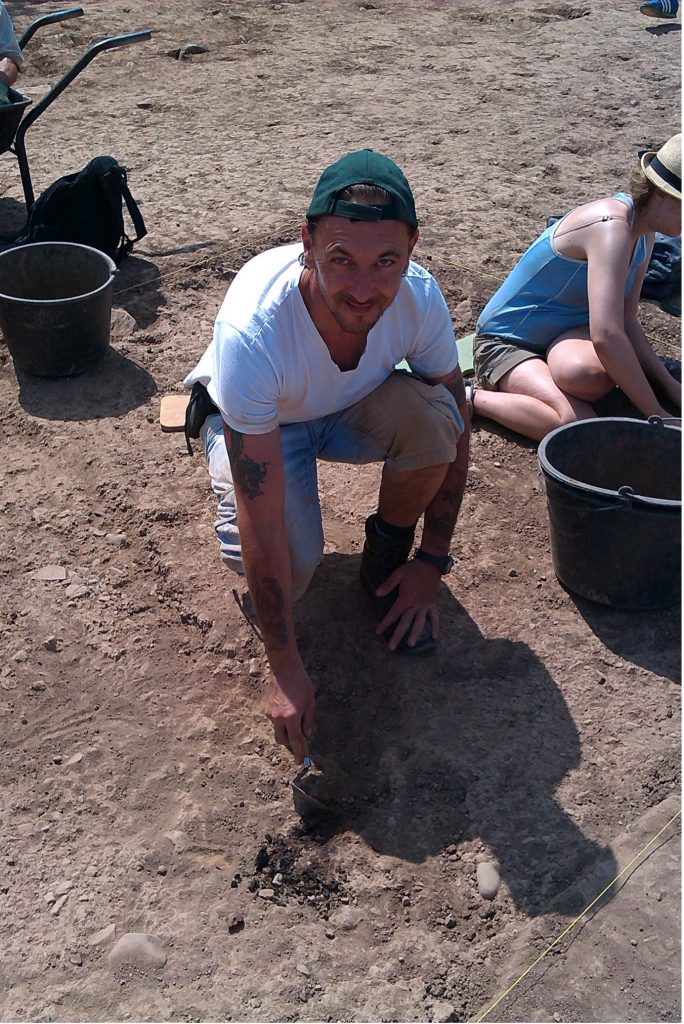Written by Dr Oliver Davis
Over the last 10 years CAER Heritage has developed from humble beginnings into a major national award-winning Community Archaeology and Civic Mission project at Cardiff University. The project is focussed on the Cardiff suburbs of Caerau and Ely – these are two of the most socially and economically disadvantaged wards in the whole of Wales, yet are home to a number of nationally and internationally significant heritage sites, including Caerau Hillfort. These heritage ‘assets’, had up till the instigation of the project, been relatively under-used and under-valued, but through the work of CAER are now at the heart of community regeneration, education and well-being.
All CAER activities are co-created and have included geophysics, excavations, artefact analyses, exhibitions, art installations, films, performances, accredited courses and experimental archaeology. Launched in April 2019, the current phase of the project known as “The Hidden Hillfort Project” is creating a heritage centre at Caerau Hillfort along with heritage trails, interpretation, and opportunities to help co-research and co-curate the monument. Key to this work has been the contribution of volunteers, partners and visitors – over 10 years more than 3,000 participants have been actively involved in co-produced research and we have engaged with over 15,000 visitors at CAER events. The project has worked with 15 institutional partners and built partnerships with 7 local schools involving 1,500 pupils in co-produced activities.
Measuring the impact of this work is difficult, but essential. We collect both quantitative and qualitative data with particular emphasis placed on generating personal accounts through the Most Significant Change evaluative process. Identified benefits include changing attitudes to heritage participation, challenging stigmas associated with these communities, and transforming educational opportunities for local people. However, of increasing importance to us is the way that involvement in CAER activities can positively impact physical and mental health and well-being. This was evident from much of our early project activity with participants often reflecting on the therapeutic nature of working with the CAER team. This has become particularly apparent in recent years with the instigation of weekly volunteer working groups. Participants find us through a range of different agencies, particularly our community partner and local community development organisation Action in Caerau and Ely (ACE). They get involved in everything from litter picking, to clearing vegetation from pathways, to gardening, to archaeological research, and regularly report increased confidence, identity and sense of self-worth. Working together and regularly helps to create new communities and new social networks where everyone’s participation is valued.
We firmly believe that heritage and archaeology can have enormous social and economic value to individuals and communities which should be open for everyone. To find out more about our work, please visit our website or follow us on social media (@CAERHeritage; Facebook.com/CAERHeritageProject)
A few images below of volunteers:



